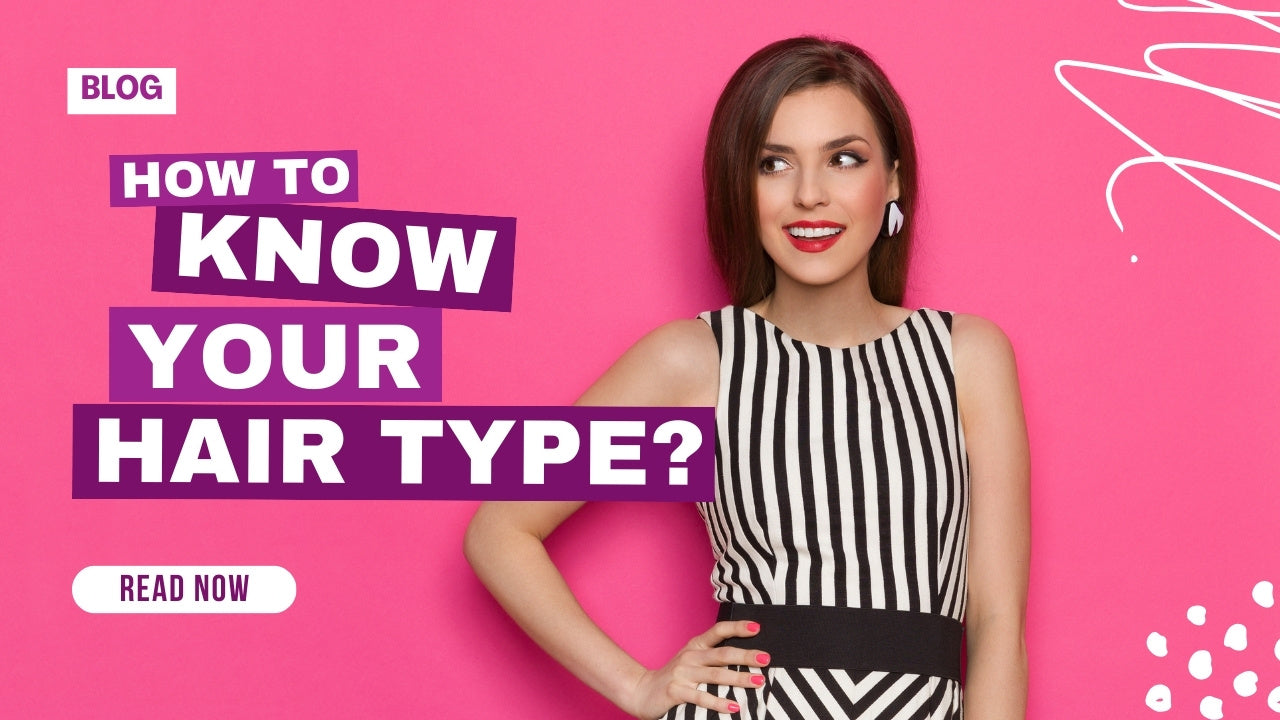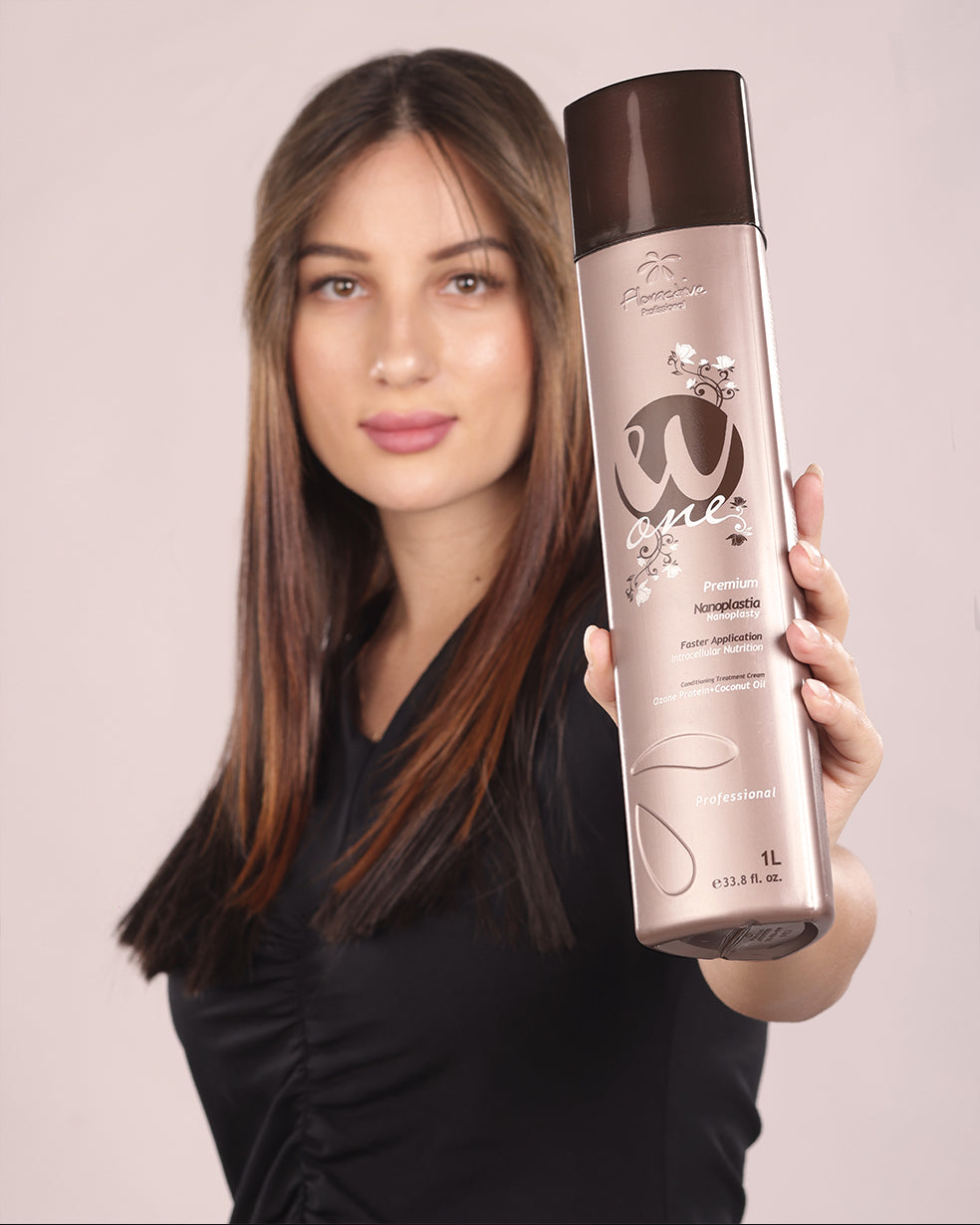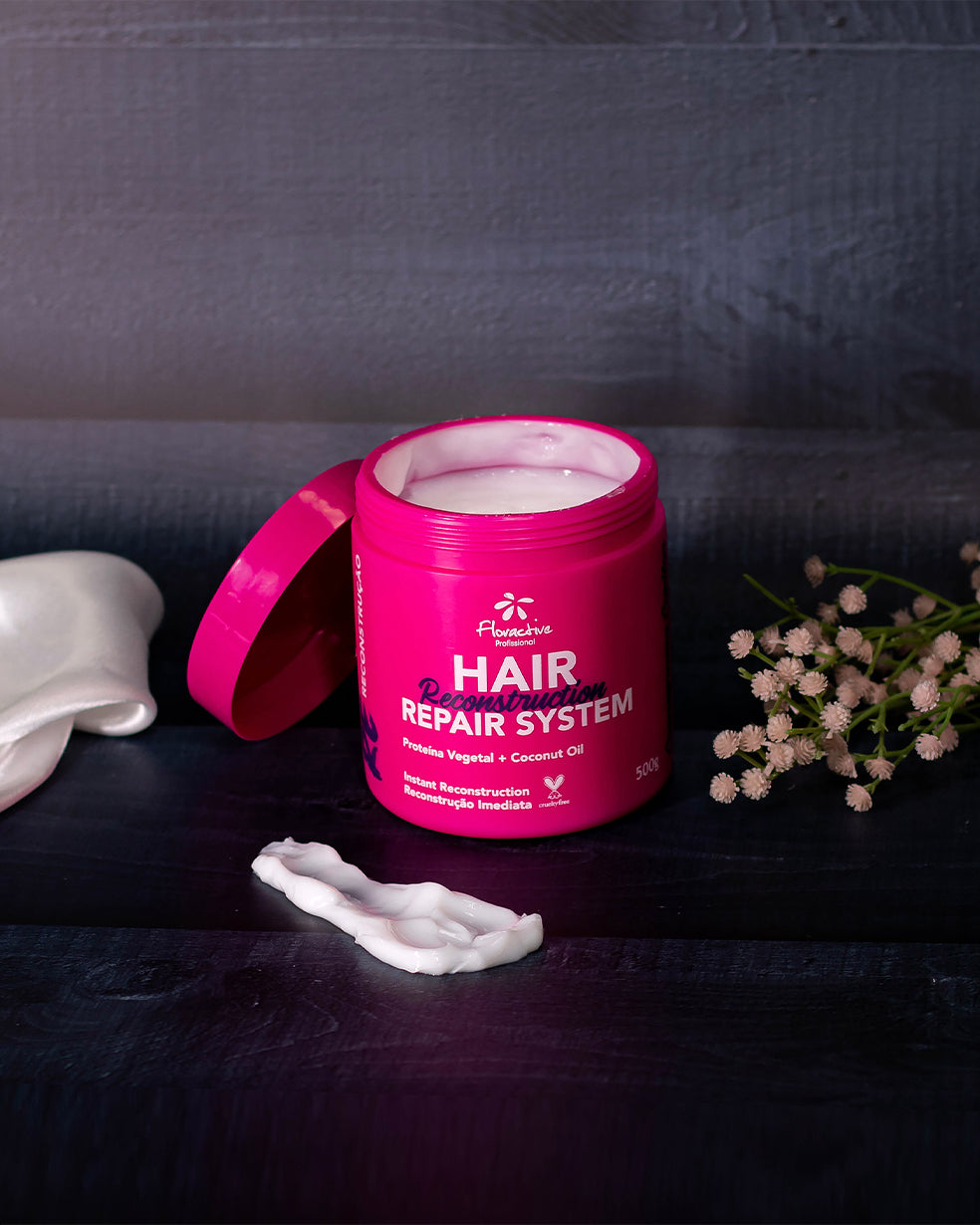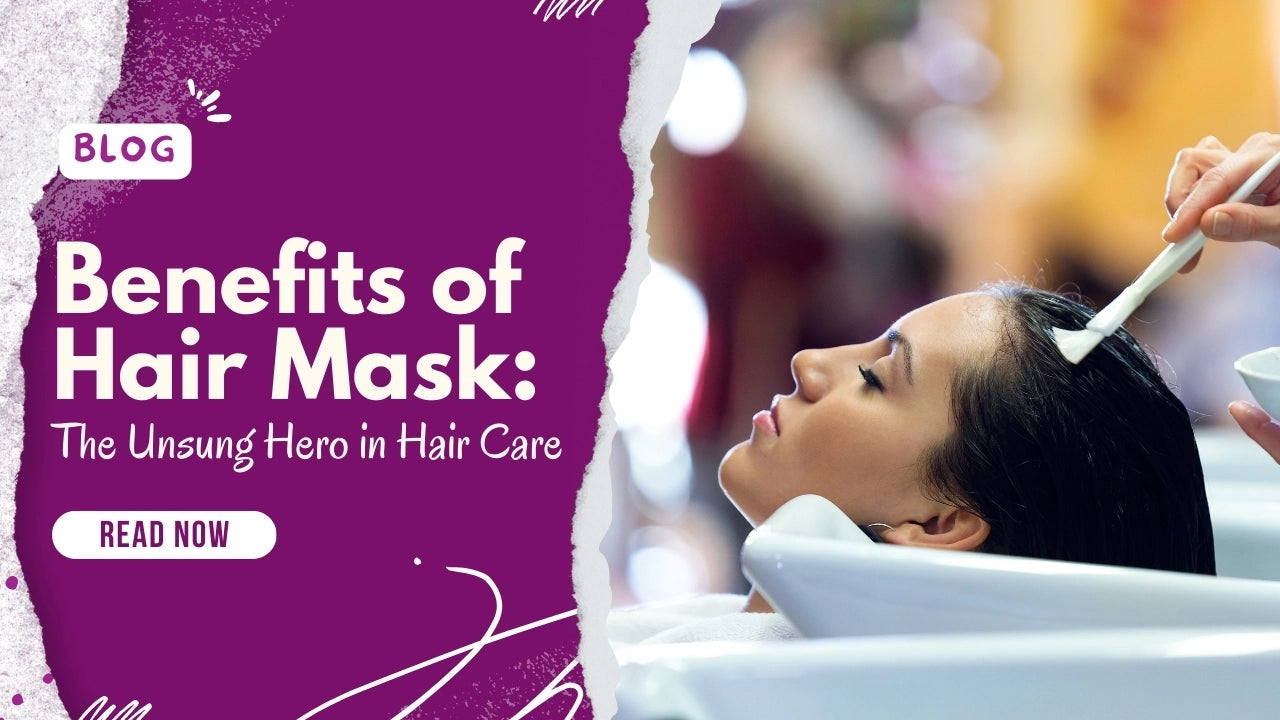
Types of Hair: How to Know Your Hair Type?
Decoding your hair type is a considerable confusion when there are so many different terms to describe it. You can differentiate hair in various aspects, namely curl pattern, texture, porosity, and scalp condition.
Hair types most often mean your hair curl pattern. There are 4 major curl patterns, further divided into 3 of each. In this post, we’ll discuss all 12 of them closely and mention an easy method to know your hair type.
Moreover, we have added additional hair types based on scalp condition to end all your queries and help you choose proper hair care practices. So stay tuned to the post till the end to unlock the theory of curl patterns and make better decisions for your hair.
Why is it essential to understand hair type?
Every curl pattern requires different care and tools for healthy and happy growth. Understanding your hair type is vital to unlock its full potential.
Besides this, different curl patterns, whether straight, wavy, curly, or coily, have distinct characteristics and unique challenges. For example, straight hair lacks volume, while curly hair is prone to frizz. Knowing your hair type can help you to choose the right hair care products and tackle the potential damage.
Different types of hair
As discussed earlier, there are four main hair types categorized by their curl pattern, which are as follows:-
- Straight Hair
As the name suggests, straight hair has less or no distinct natural wave or shape in its length. There are three subtypes of straight hair, which are as follows:-
- Type 1 A : Hair with sleek and straight length comes under type 1A. Such hair has oily roots and dry ends with a smooth texture and a glossy appearance. However, they lack volume and weighdowns easily.
- Type 1 B : Straight hair with volume and bounce is described as type 1B. Such hair often has a medium hair texture and carries different hairstyles better.
- Type 1C : Straight hair with one or two waves and volume is type 1C hair. Such hair has a coarse hair texture and carries hairstyles well. However, being coarse, they are prone to frizz and dryness.

- Wavy Hair
Wavy hair is type 2 hair, which has distinct waves but less than curls. Wavy hair is noticeable and has volume compared to straight hair.
- Type 2A : Type 2A hair has a noticeable “S” wave from mid-length to end of the hair. They are more prone to frizz than straight hair but less than the curly one.
- Type 2B : Hair with more defined bouncy waves is type 2B. The waves in this hair start closer to the roots. They tend to be more frizzy, especially during humid environments.
- Type 2C : Hair with medium to coarse texture and intense waves is type 2C. These hair have tight waves starting closely from the roots, creating a voluminous look.
- Curly Hair
Hair that carries the shape of spirals and Z is curly hair or Type 3 hair. These hair characteristics highly depend on climate, making them glossy and frizzy.
- Type 3A : Type 3 A hair has large, loose spiral curls. They create volume and are versatile with different hairstyles. Yet, they are prone to dryness and require consistent moisturization.
- Type 3B : These hair has tight to medium curls with good volume and density. They appear like bouncy ringlets with the circumference of a marker or fountain pen.
- Type 3C : Hair with corkscrew curls and less circumference are type 3C hair. They are densely packed with more volume and texture.

- Coily Hair
Coily hair is tightly coiled with high density and is more fragile and prone to damage than other hair types. They require more protective hairstyles and moisturization.
- Type 4A : Type 4A has tight coils that reduce the apparent length of hair. These hairs have fine-to-medium hair texture and make a shape wave when stretched.
- Type 4B : Like Type 4A, even Type 4B is tightly coiled. Yet they differ as the hair has a “Z” shape texture and pointed angles rather than smooth curves. These types are versatile and voluminous, but they require proper management to get the best results.
- Type 4C : hair that is tightly coiled with Z-shaped coils is type 4C hair. These hair are the curliest of curls. They are the most delicate hair type and are often clumped in the ends.

How do you know your hair type?
As you know, there are different hair types, so let’s discuss yours. Knowing your hair type is simple. Wash your hair and allow it to air dry without using any tools or products.
This process will help you see the natural pattern of your hair and know its hair type better. Once the hair dries, observe the hair shape and compare it with the points below:
- If the hair is straight with less or no waves in mid-length, you have type 1 hair (straight hair)
- If your hair has “S” shaped waves from the roots or mid-length of hair, you might have type 2 hair (wavy hair)
- If your hair turns into defined loose or tight ringlets with the circumference of a pencil or more, it means you have type 3 hair (curly hair)
- If your hair dries to form tight curls or spirals with less circumference, reducing the apparent hair length, then you have type 4 hair (oily hair)
Besides the above points, you can understand your curl pattern more closely by comparing your observations with the subtypes mentioned earlier.
Conclusion
Your genes and environment determine hair types. In this post, we discussed various hair types and subtypes. Yet, remember that the subtypes are only for guidance.
You might not find the exact subtype of your hair, but knowing the primary significant hair type is beneficial to choosing proper hair care practices. Besides this, even your hair texture and porosity are vital in creating a hair care routine.
So don’t forget to check our previous posts for a comprehensive hair guide.











Leave a comment
This site is protected by hCaptcha and the hCaptcha Privacy Policy and Terms of Service apply.